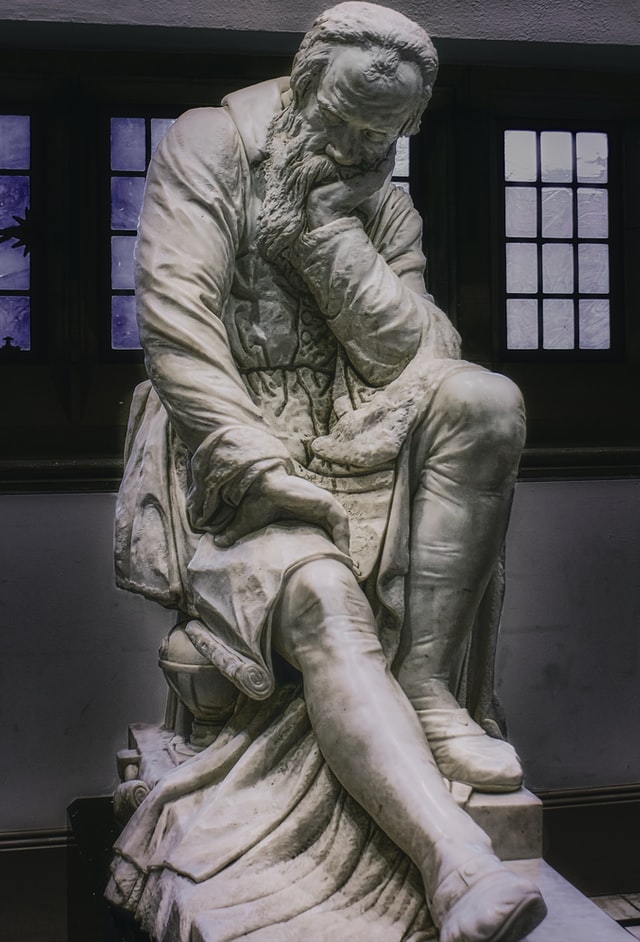By Alibek Asanbaev
Vernon Hills, Ill.
IN MODERN society, almost everyone has a social media account, in large part because people have FOMO, or “fear of missing out.” This fear causes people to keep mindlessly checking social media apps like Instagram, Snapchat, Twitter, TikTok, and Facebook in order to stay informed about what their friends are doing. People also use these apps in order to interact with friends, family, and even strangers. But often, people use social media simply because they want to be entertained and pass time when they are bored.
But despite its important role in our lives in the 21st century, social media is detrimental to our lives overall. It negatively impacts our mental health, personal relationships, and happiness.
While many people say they enjoy social media, it tends to elicit many nega-tive feelings that are harmful to mental health. A study conducted by University of Pennsylvania psychologist Melissa G. Hunt found that greater usage of social media apps increases feelings of loneli-ness and depression. Conversely, “using less social media than you normally would leads to significant decreases in both depression and loneliness.” Al-though social media apps are intended to help users feel more connected with each other, they actually cause users to feel isolated and unhappy.
Humans are social creatures who have a natural need for real-world, face-to-face interactions in order to feel happy. Social media isn’t a replacement for that real connection. According to HelpGuide.org, a nonprofit mental health website, social interaction “requires in-person contact with others to trigger the hormones that alleviate stress and make you feel hap-pier, healthier, and more positive.” These hormones are not triggered by staring at a screen or talking through the phone.
It’s also important to realize that people tend to only post the best parts of their lives online. Everyone on social media wants to depict themselves as being attractive, rich, and happy. When other people see these kinds of posts, though, they often feel a sense of envy that they don’t live the dream life that they assume others are experiencing. Yet the very same people who try to portray themselves as having those enviable lives are likely experiencing anxiety and depression of their own. Social media causes everyone to feel bad about themselves when they assume that others are living a better life than them. Overall, social media is a giant public facade that masks private despair.
To be clear, I’m not suggesting that people should quit using social media altogether. It is true that social media is a useful tool for spreading valuable information, and an easy way to interact with people. Learning about important news and becoming friends has never been easier thanks to social media, and apps can catalyze change by rallying many people together to fight for a cause they all believe in. Social media also enables people to share their opinions and perspectives, which is an integral part of democracy.
Social media has its positives but, for the most part, it is full of unrealistic, useless, time-wasting, and harmful qualities. Our culture thrives on staying informed and constantly seeking pleasure, but while social media is a powerful tool for gaining essential knowledge, it becomes futile, and even detrimental, when used exces-sively and for the wrong reasons.




 Maggie Salinas
Maggie Salinas
